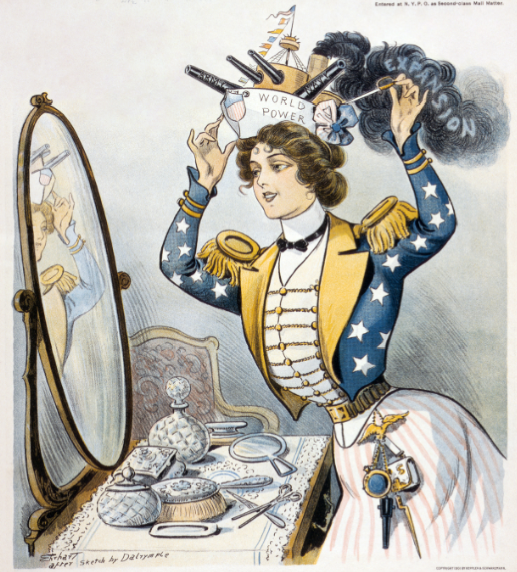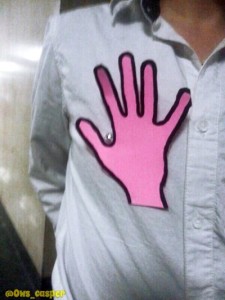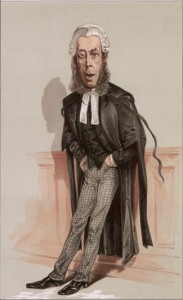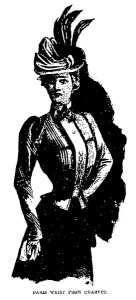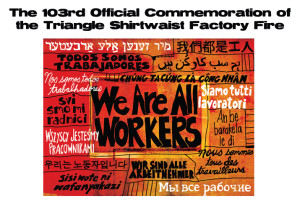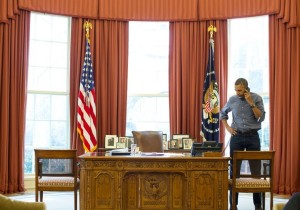The India Supreme Court interpreted its constitution to provide equality and liberty rights to transgender persons including the right to be recognized as a “third gender” and be free from the gender binary – – – the case is National Legal Services v. India and there is a full discussion over on the Constitutional Law Professors Blog here.
Importantly, the India Supreme Court has something to say about constitutional protections for dress.
The India Supreme Court noted that Article 19(1) of the Constitution of India “guarantees certain fundamental rights” including rights to speech and expression and that
Self-identified gender can be expressed through dress, words, action or behavior or any other form. No restriction can be placed on one’s personal appearance or choice of dressing, subject to the restrictions contained in Article 19(2) of the Constitution.
The “balancing” in Article 19(2) allows “reasonable restrictions” “in the interests of the sovereignty and integrity of India, the security of the State, friendly relations with foreign States, public order, decency or morality, or in relation to contempt of court, defamation or incitement to an offence.”
Interestingly, the Court’s opinion references two US cases from state courts (both discussed in Dressing Constitutionally):
We may, in this connection, refer to few judgments of the US Supreme Courts on the rights of TG’s freedom of expression. The Supreme Court of the State of Illinois in the City of Chicago v. Wilson et al., 75 III.2d 525(1978) struck down the municipal law prohibiting cross-dressing, and held as follows “-
“the notion that the State can regulate one’s personal appearance, unconfined by any constitutional strictures whatsoever, is fundamentally inconsistent with “values of privacy, self-identity, autonomy and personal integrity that ….. the Constitution was designed to protect.”
In Doe v. Yunits et al., 2000 WL33162199 (Mass. Super.), the Superior Court of Massachusetts, upheld the right of a person to wear school dress that matches her gender identity as part of protected speech and expression and observed as follows :-
“by dressing in clothing and accessories traditionally associated with the female gender, she is expressing her identification with the gender. In addition, plaintiff’s ability to express herself and her gender identity through dress is important for her health and well- being. Therefore, plaintiff’s expression is not merely a personal preference but a necessary symbol of her identity.”
It then concluded:
Principles referred to above clearly indicate that the freedom of expression guaranteed under Article 19(1)(a) includes the freedom to express one’s chosen gender identity through varied ways and means by way of expression, speech, mannerism, clothing etc.
The opinion could provide a broad basis for gendered and degendered clothing freedom and equality.
